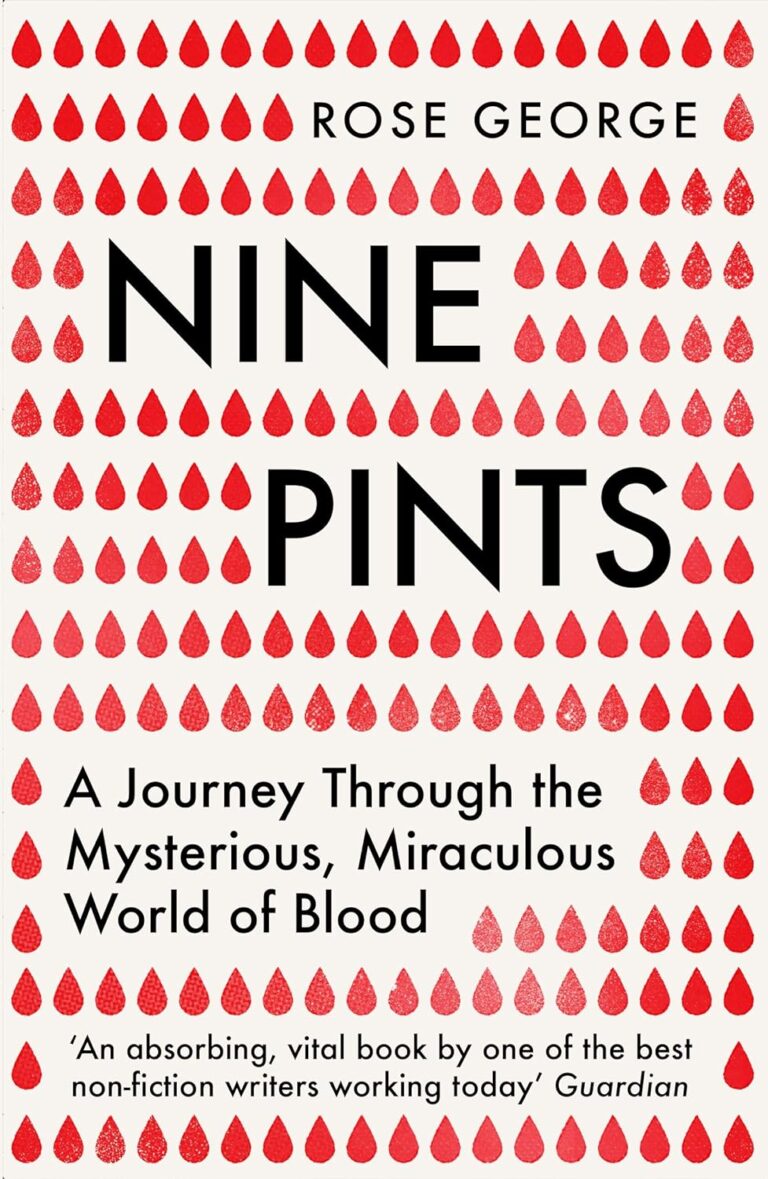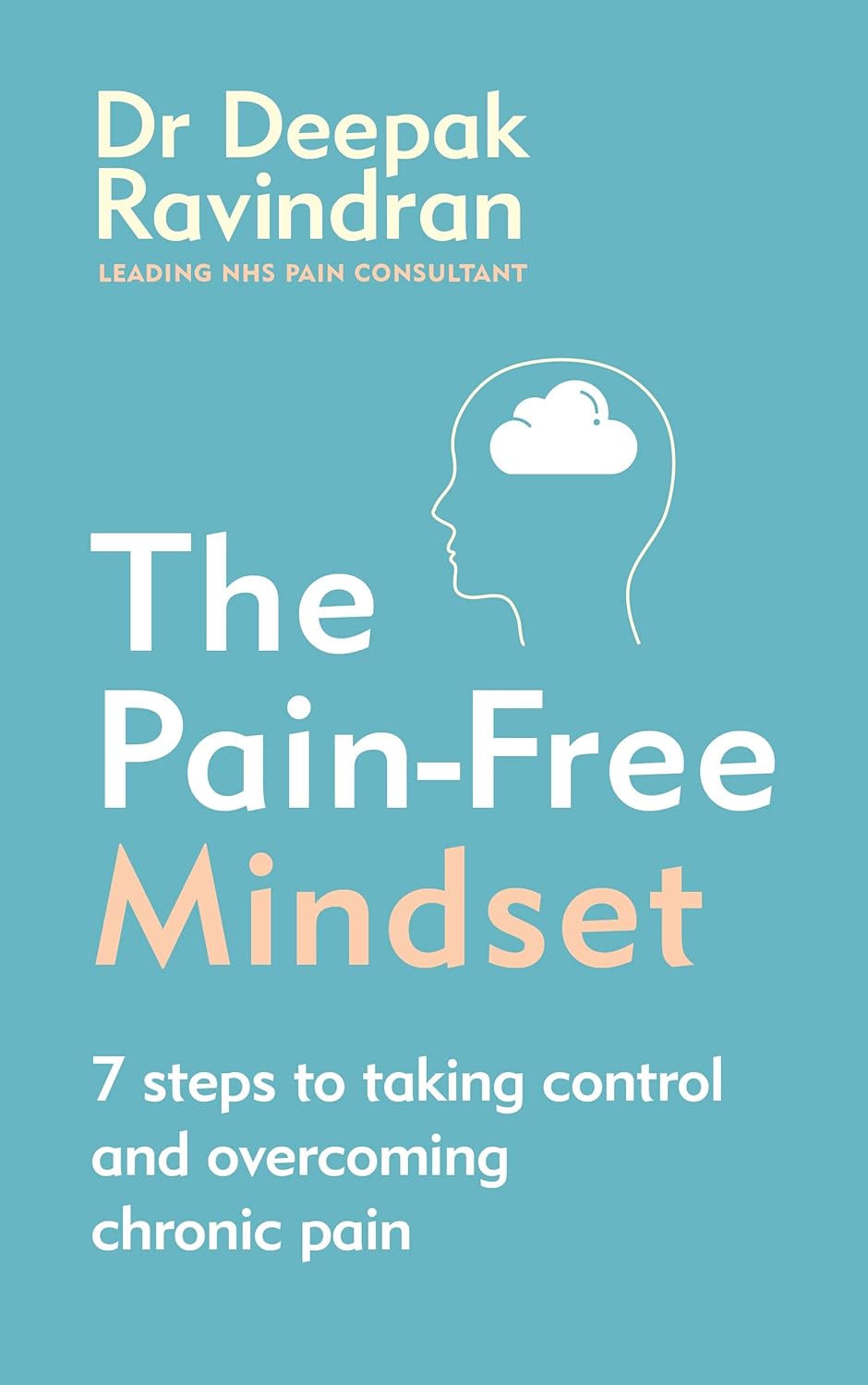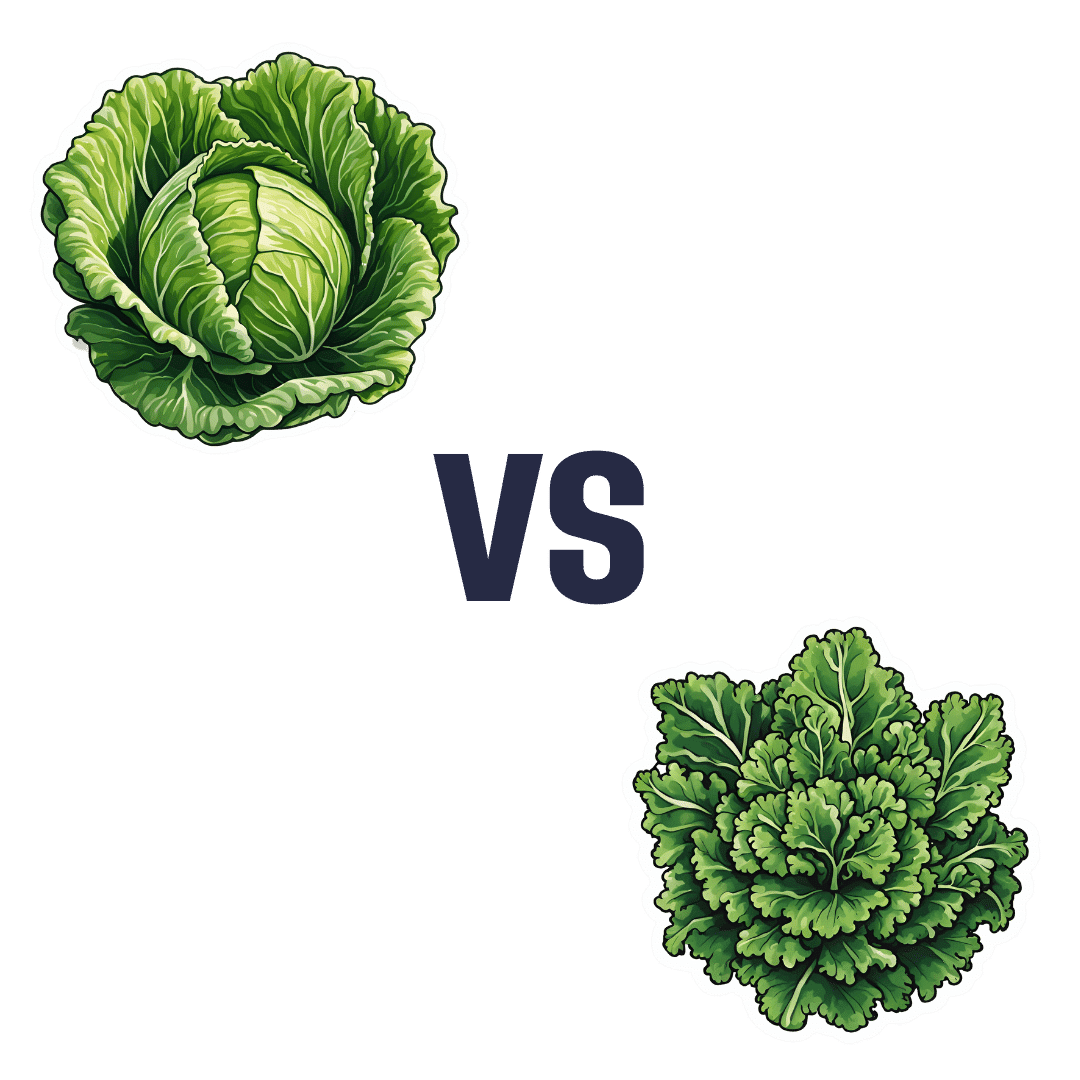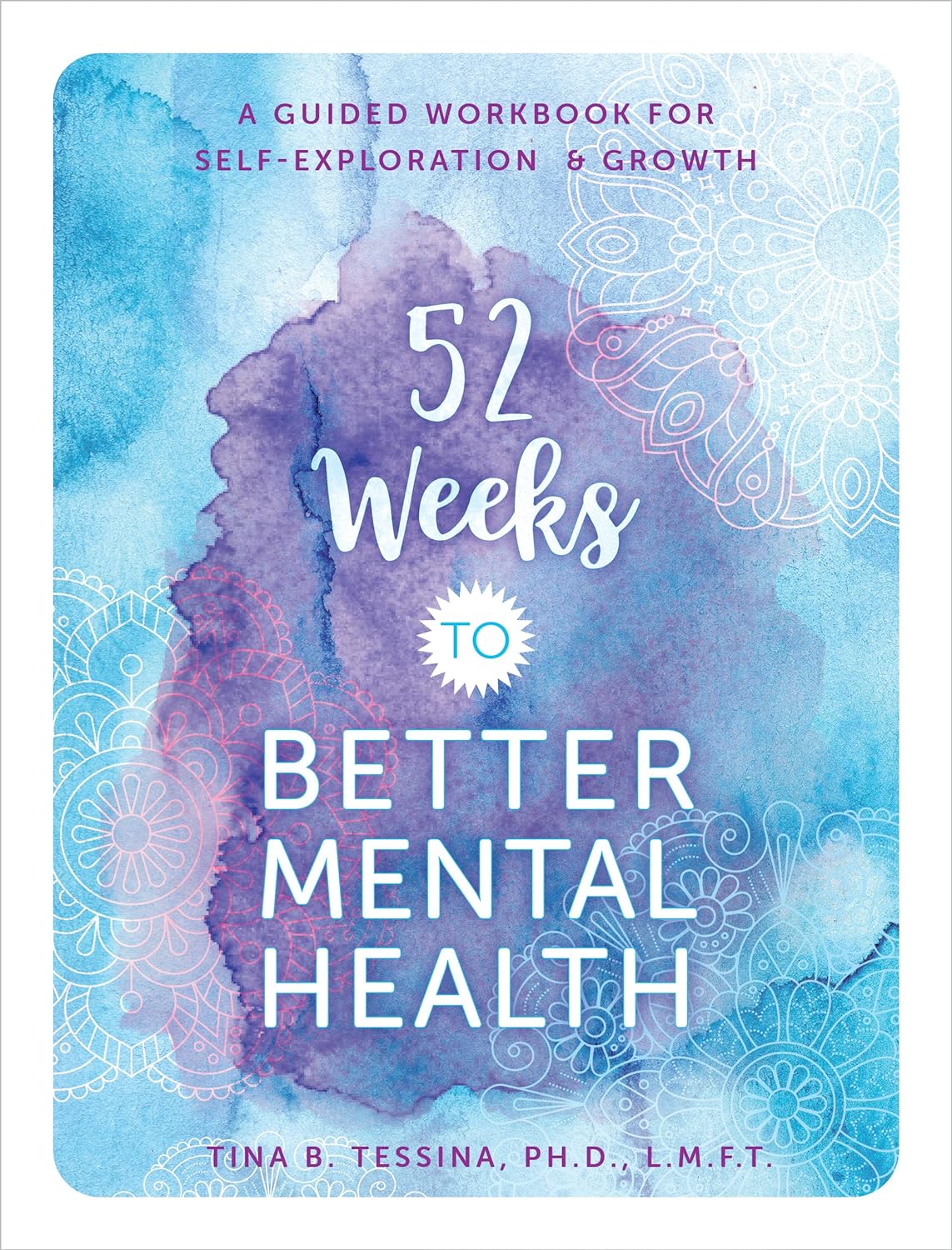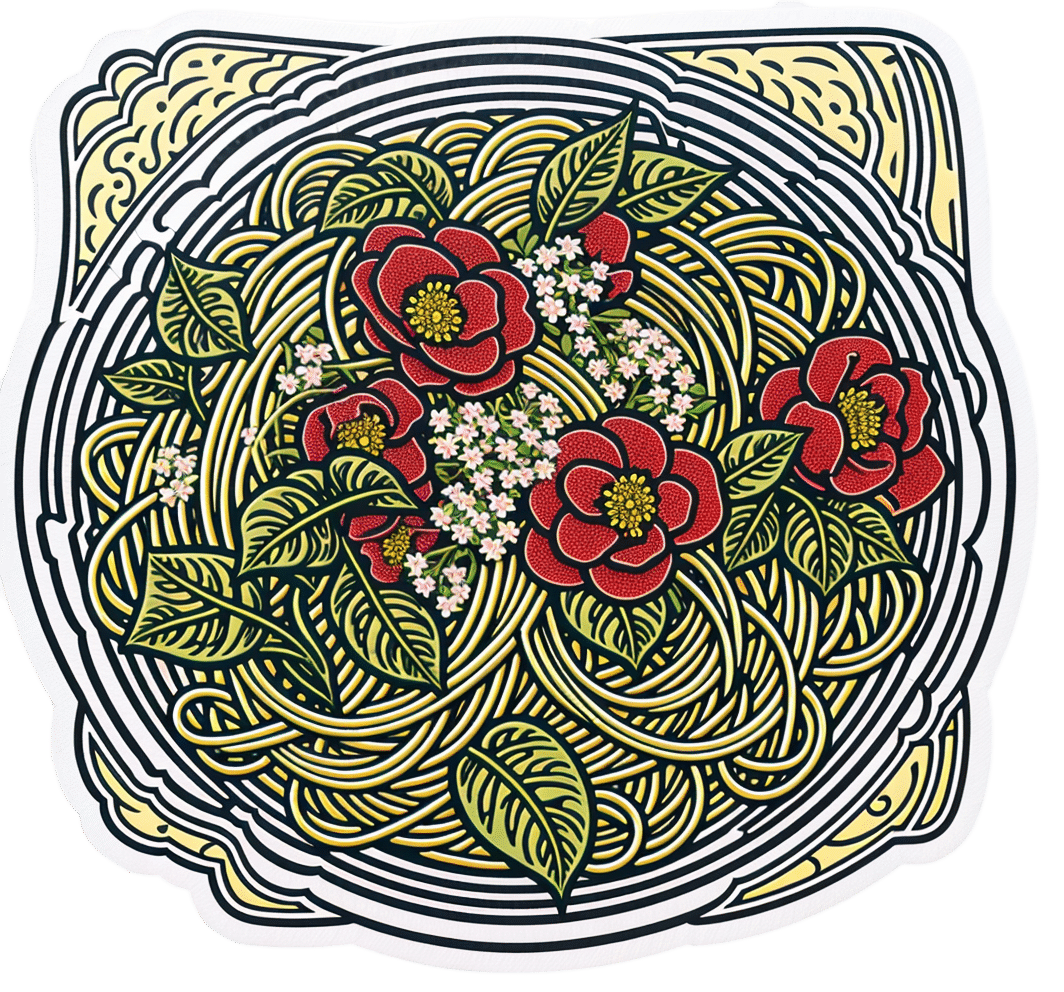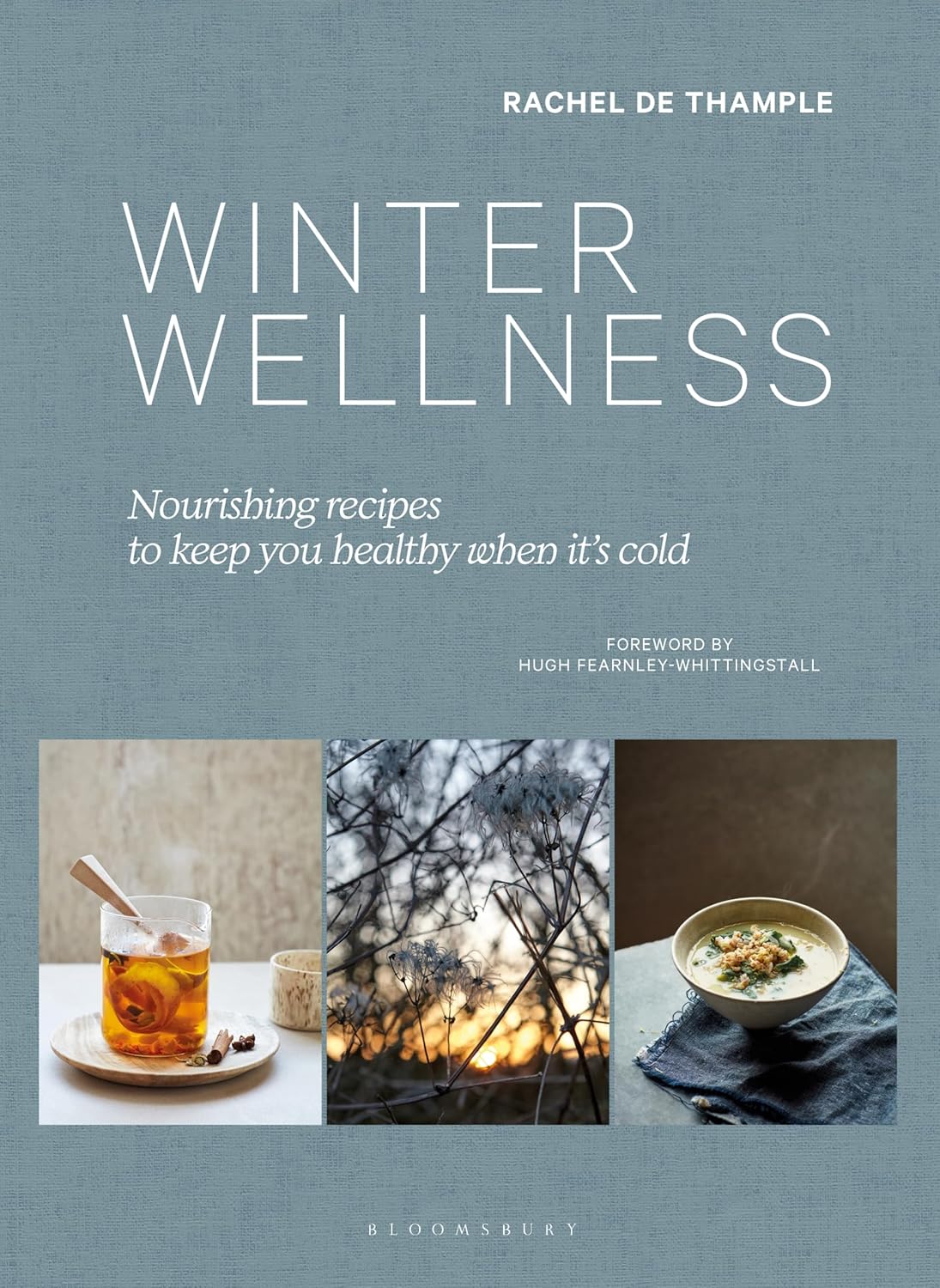
Winter Wellness – by Rachel de Thample
10almonds is reader-supported. We may, at no cost to you, receive a portion of sales if you purchase a product through a link in this article.
Winter is often the season of comfort foods and, in much of the Western world, there’s a holiday season slide of forgotten diets and instead sugar, alcohol, pastry, and the like.
What de Thample does here is an antidote to all that, without sacrificing happiness and celebration.
Before the recipes get started, she has a chapter on “food as medicine“, and to our immense surprise, proceeds to detail, accurately, many categories such as
- Foods for immune health
- Foods against inflammation
- Foods for gut health
- Foods against aging
- Foods for energy levels
- Foods against anxiety
- Foods for hormonal balance
…and so forth, with lists of ingredients that fit into each category.
Then in the rest of the book, she lays out beautiful recipes for wonderful dishes (and drinks) that use those ingredients, without unhealthy additions.
The recipes are, by the way, what could best be categorized as “fancy”. However, they are fancy in the sense that they will be impressive for entertaining, and (again, to our great surprise) they don’t actually call for particularly expensive/rare ingredients, nor for arcane methods and special equipment.Instead, everything’s astonishingly accessible to put together and easy to execute.
Bottom line: if you’d like to indulge this winter, but would like to do so healthily, this is an excellent way to do so.
Click here to check out Winter Wellness, and level-up your seasonal health and happiness!
Don’t Forget…
Did you arrive here from our newsletter? Don’t forget to return to the email to continue learning!
Recommended
Learn to Age Gracefully
Join the 98k+ American women taking control of their health & aging with our 100% free (and fun!) daily emails:
-
The Pain-Free Mindset – by Dr. Deepak Ravindran
10almonds is reader-supported. We may, at no cost to you, receive a portion of sales if you purchase a product through a link in this article.
First: please ignore the terrible title. This is not the medical equivalent of “think and grow rich”. A better title would have been something like “The Pain-Free Plan”.
Attentive subscribers may notice that this author was our featured expert yesterday, so you can learn about his “seven steps” described in our article there, without us repeating that in our review here.
This book’s greatest strength is also potentially its greatest weakness, depending on the reader: it contains a lot of detailed medical information.
This is good or bad depending on whether you like lots of detailed medical information. Dr. Ravindran doesn’t assume prior knowledge, so everything is explained as we go. However, this means that after his well-referenced clinical explanations, high quality medical diagrams, etc, you may come out of this book feeling like you’ve just done a semester at medical school.
Knowledge is power, though, so understanding the underlying processes of pain and pain management really does help the reader become a more informed expert on your own pain—and options for reducing that pain.
Bottom line: this, disguised by its cover as a “think healing thoughts” book, is actually a science-centric, information-dense, well-sourced, comprehensive guide to pain management from one of the leading lights in the field.
Click here to check out The Pain-Free Mindset, and manage yours more comfortably!
Share This Post
-
Cabbage vs Kale – Which is Healthier?
10almonds is reader-supported. We may, at no cost to you, receive a portion of sales if you purchase a product through a link in this article.
Our Verdict
When comparing cabbage to kale, we picked the kale.
Why?
Here we go again, pitting Brassica oleracea vs Brassica oleracea. One species, many cultivars! Notwithstanding being the same species, there are important nutritional differences:
In terms of macros, kale has more protein, carbs, and fiber, and even has the lower glycemic index, not that cabbage is bad at all, of course. But nominally, kale gets the win on all counts in this category.
In the category of vitamins, cabbage has more of vitamins B5 and choline, while kale has more of vitamins A, B1, B2, B3, B6, B7, B9, C, E, and K. An easy win for kale!
When it comes to minerals, it’s even more decisive: cabbage is not higher in any minerals, while kale has more calcium, copper, iron, magnesium, manganese, phosphorus, potassium, and zinc. Another clear win for kale.
Adding up the sections makes it very clear that kale wins the day, but we’d like to mention that cabbage was good in all of these metrics too; kale was just better!
Want to learn more?
You might like to read:
21 Most Beneficial Polyphenols & What Foods Have Them
Enjoy!
Share This Post
-
52 Weeks to Better Mental Health – by Dr. Tina Tessina
10almonds is reader-supported. We may, at no cost to you, receive a portion of sales if you purchase a product through a link in this article.
We’ve written before about the health benefits of journaling, but how to get started, and how to make it a habit, and what even to write about?
Dr. Tessina presents a year’s worth of journaling prompts with explanations and exercises, and no, they’re not your standard CBT flowchart things, either. Rather, they not only prompt genuine introspection, but also are crafted to be consistently uplifting—yes, even if you are usually the most disinclined to such positivity, and approach such exercises with cynicism.
There’s an element of guidance beyond that, too, and as such, this book is as much a therapist-in-a-book as you might find. Of course, no book can ever replace a competent and compatible therapist, but then, competent and compatible therapists are often harder to find and can’t usually be ordered for a few dollars with next-day shipping.
Bottom line: if undertaken with seriousness, this book will be an excellent investment in your mental health and general wellbeing.
Click here to check out 52 Weeks to Better Mental Health, and get on the best path for you!
Share This Post
Related Posts
-
Mango vs Pineapple – Which is Healthier?
10almonds is reader-supported. We may, at no cost to you, receive a portion of sales if you purchase a product through a link in this article.
Our Verdict
When comparing mango to pineapple, we picked the pineapple.
Why?
It was close! Both of these tropical fruits have almost identical macros, and when it comes to vitamins and minerals, mango has slightly more vitamins while pineapple has slightly more minerals, so that balances out too. Their glycemic loads are 11 and 13 respectively, so: very low, and very similar.
See also: Which Sugars Are Healthier, And Which Are Just The Same?
In terms of what sets them apart:
Mango has a lot of vitamin A, to the point that it can interfere with blood-thinners if you take those.
Pineapple has bromelain, an enzyme with unique anti-inflammatory properties that we must devote a Research Review Monday to one of these days, because there’s a lot to say, but the short version is, it’s very powerful.
Since bromelain is found only in pineapples, whereas vitamin A is easy to find in abundance in many foods, we went with the pineapple.
Enjoy!
Don’t Forget…
Did you arrive here from our newsletter? Don’t forget to return to the email to continue learning!
Learn to Age Gracefully
Join the 98k+ American women taking control of their health & aging with our 100% free (and fun!) daily emails:
-
Asparagus vs Eggplant – Which is Healthier?
10almonds is reader-supported. We may, at no cost to you, receive a portion of sales if you purchase a product through a link in this article.
Our Verdict
When comparing asparagus to eggplant, we picked the asparagus.
Why?
In terms of macros, they’re very similar. Technically asparagus has twice the protein, but it’s at 2.2g/100g compared to eggplant’s 0.98g/100g, so it’s not too meaningful. They’re both mostly water, low in carbs, with a little fiber, and negligible fat (though eggplant technically has more fat, but again, these numbers are miniscule). For practical purposes, the two vegetables are even in this category, or if you really want decisive answers, a tiny margin of a win for asparagus.
In the category of vitamins, asparagus is much higher in vitamins A, B1, B2, B3, B5, B6, B9, E, & K, as well as choline. Eggplant is not higher in any vitamins. A clear win for asparagus.
When it comes to minerals, asparagus is much higher in calcium, copper, iron, phosphorus, selenium, and zinc, while eggplant is a little higher in manganese. Another easy win for asparagus.
Lastly, asparagus wins on polyphenols too, with its high quercetin content. Eggplant does contain some polyphenols, but in such tiny amounts that even added up they’re less than 7% of what asparagus has to offer in quercetin alone.
Obviously, enjoy both, though! Diversity is healthy.
Want to learn more?
You might like to read:
Fight Inflammation & Protect Your Brain, With Quercetin
Take care!
Don’t Forget…
Did you arrive here from our newsletter? Don’t forget to return to the email to continue learning!
Learn to Age Gracefully
Join the 98k+ American women taking control of their health & aging with our 100% free (and fun!) daily emails:
-
Gut-Healthy Spaghetti Chermoula
10almonds is reader-supported. We may, at no cost to you, receive a portion of sales if you purchase a product through a link in this article.
Chermoula is a Maghreb relish/marinade (it’s used for both purposes); it’s a little like chimichurri but with distinctly N. African flavors. The gut-healthiness starts there (it’s easy to forget that olives—unless fresh—are a fermented food full of probiotic Lactobacillus sp. and thus great for the gut even beyond their fiber content), and continues in the feta, the vegetables, and the wholewheat nature of the pasta. The dish can be enjoyed at any time, but it’s perfect for warm summer evenings—perhaps dining outside, if you’ve place for that.
You will need
- 9oz wholewheat spaghetti (plus low-sodium salt for its water)
- 10oz broccoli, cut into small florets
- 3oz cilantro (unless you have the soap gene)
- 3oz parsley (whether or not you included the cilantro)
- 3oz green olives, pitted, rinsed
- 1 lemon, pickled, rinsed
- 1 bulb garlic
- 3 tbsp pistachios, shelled
- 2 tbsp mixed seeds
- 1 tsp cumin
- 1 tsp chili flakes
- ½ cup extra virgin olive oil
- For the garnish: 3oz feta (or plant-based equivalent), crumbled, 3oz sun-dried tomatoes, diced, 1 tsp cracked black pepper
Note: why are we rinsing the things? It’s because while picked foods are great for the gut, the sodium can add up, so there’s no need to bring extra brine with them too. By doing it this way, there’ll be just the right amount for flavor, without overdoing it.
Method
(we suggest you read everything at least once before doing anything)
1) Cook the spaghetti as you normally would, but when it’s a minute or two from being done, add the broccoli in with it. When it’s done, drain and rinse thoroughly to get rid of excess starch and salt, and also because cooling it even temporarily (as in this case) lowers its glycemic index.
2) Put the rest of the ingredients into a food processor (except the olive oil and the garnish), and blitz thoroughly until no large coarse bits remain. When that’s done, add the olive oil, and pulse it a few times to combine. We didn’t add the olive oil previously, because blending it so thoroughly in that state would have aerated it in a way we don’t want.
3) Put ⅔ of the chermoula you just made into the pan you used for cooking the spaghetti, and set it over a medium heat. When it starts bubbling, return the spaghetti and broccoli to the pan, mixing gently but thoroughly. If the pasta threatens to stick, you can add a little more chermoula, but go easy on it. Any leftover chermoula that you didn’t use today, can be kept in the fridge and used later as a pesto.
4) Serve! Add the garnish as you do.
Enjoy!
Want to learn more?
For those interested in some of the science of what we have going on today:
- Less Obvious Probiotics Benefits
- Making Friends With Your Gut (You Can Thank Us Later)
- What Matters Most For Your Heart? ← spoiler: this is why, while we do watch the sodium, we care more about the fiber
- All about Olive Oil: Is “Extra Virgin” Worth It?
- Our Top 5 Spices: How Much Is Enough For Benefits?
Take care!
Don’t Forget…
Did you arrive here from our newsletter? Don’t forget to return to the email to continue learning!
Learn to Age Gracefully
Join the 98k+ American women taking control of their health & aging with our 100% free (and fun!) daily emails:

